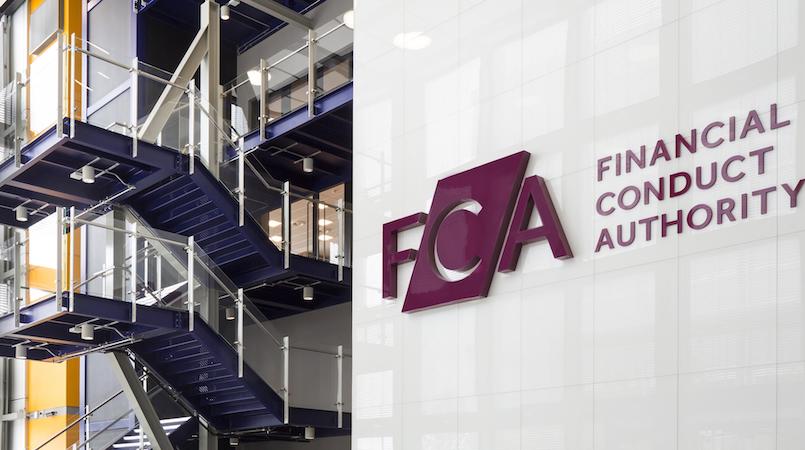But there is unprecedented appetite for equities from a structural standpoint and a hidden fear in owning government bonds. This is driving equities to higher highs and higher lows and the risk of being out of the market is being quoted as greater than the risk of being in.
For a further improvement in the G10 economies, in our opinion, it would be preferable to see governments cutting taxes or incentivising companies to reinvest through tax breaks. Consumers are fighting the tide of consumer inflation – running way above wage growth in the UK – and leveraging up further, while the wealthy have just become uber wealthy thanks to the reflation of real assets and the failure to update the taxation system for a ‘super’ class.
The simple truth is that central bank policies seem to be dangerously close to becoming ‘reckless’ and backward looking, not forward looking. They are becoming extreme in their easing of liquidity conditions. The lowest interest rates in history just got lower in Europe, but the cost of financing government debt in Europe, the UK and the US continues to nudge higher, or at best remain stubbornly high – yet still not matching real GDP growth. We believe governments have failed to improve the aggregate demand function, but have instead achieved a greater wealth gap and have simultaneously locked themselves into an addiction to buying assets that they know they cannot sell.
We believe the market risk themes have remained constant since the end of May this year but the ability to understand their impact on risk markets has become more perplexing for investors. This is not because, as investors and consumers of risk, we lack the foresight; we simply do not currently have a Federal Reserve or indeed US government that can be trusted to behave as a rational investor and consumer of risk, at least in terms of communication.
The US government shutdown was possibly political brinkmanship, but this is not the end – more like the beginning. Country risk is one of the most dangerous forms of volatility contagion (it starts there, not ends), and the only reason equity volatility remains so low is because investors believe Corporate debt (and equity) is safer than government debt. This is right, but we are still witnessing a build-up in bond market volatility and discredit of Federal Reserve forward guidance and policy wording, including, of course, tapering.
The same themes remain from early 2013 which concern bond market tail risk, the distorted cost of money and the likelihood of a sharp back-up in US bond yields to reflect higher country risk and higher growth. Now we have distant but possible default tail risk (this is a very distant event and no central banker believes this will happen for some time), but correlated risks could be worse where the country risks become systemic.
Thankfully, we seem to have global growth, China and European improvement, benign corporate credit conditions, all time highs in profit margins and a stronger financial system, and a lower oil price to ease the glide path for higher consumer spend and the credit cycle. Valuations remain near median long term in the US (on PE and Price/Book Value) and below fair value in Europe and Japan. Elsewhere, it is all about US bond yields and how the Federal Reserve will manage their way out of an addiction to skating round an ice risk which is slowly melting.
One might doubt whether the US can ever exit the free money ride, but in our opinion the bond markets will force their hand before they can decide that they wish to communicate an exit to an audience that, as always, has a limited patience. The lack of pro-activeness by the Fed and the US government in managing its foreign and domestic liabilities is a very real risk, but one which we believe fund managers can position themselves well for, even if the benign growth conditions persist.
Written by Tim Short (pictured), Chief Risk Officer at City Financial.










